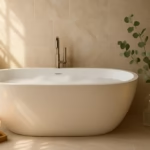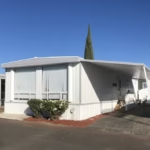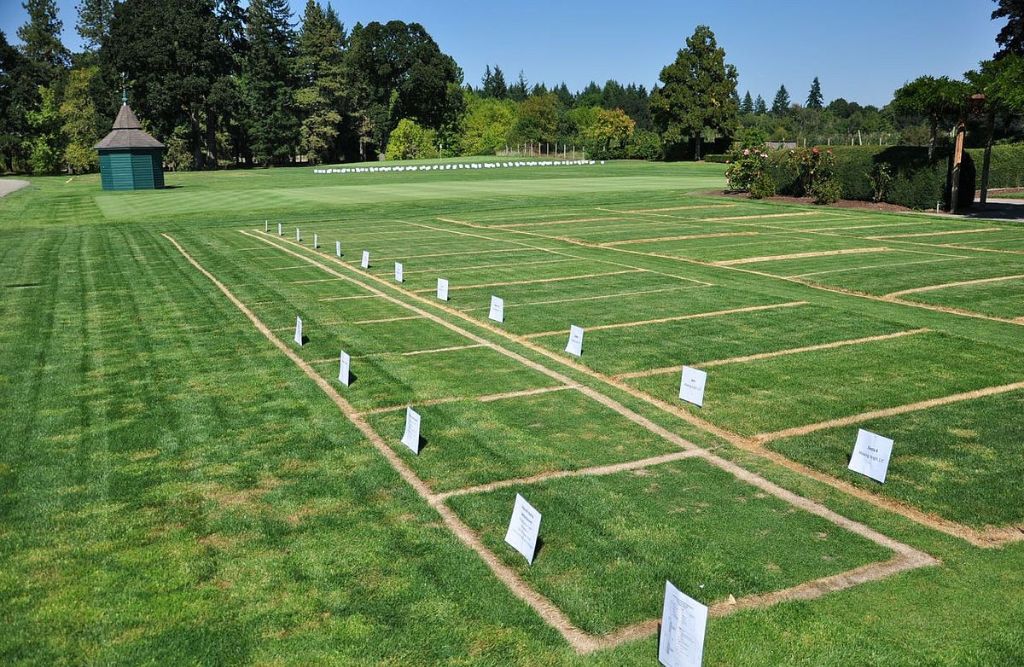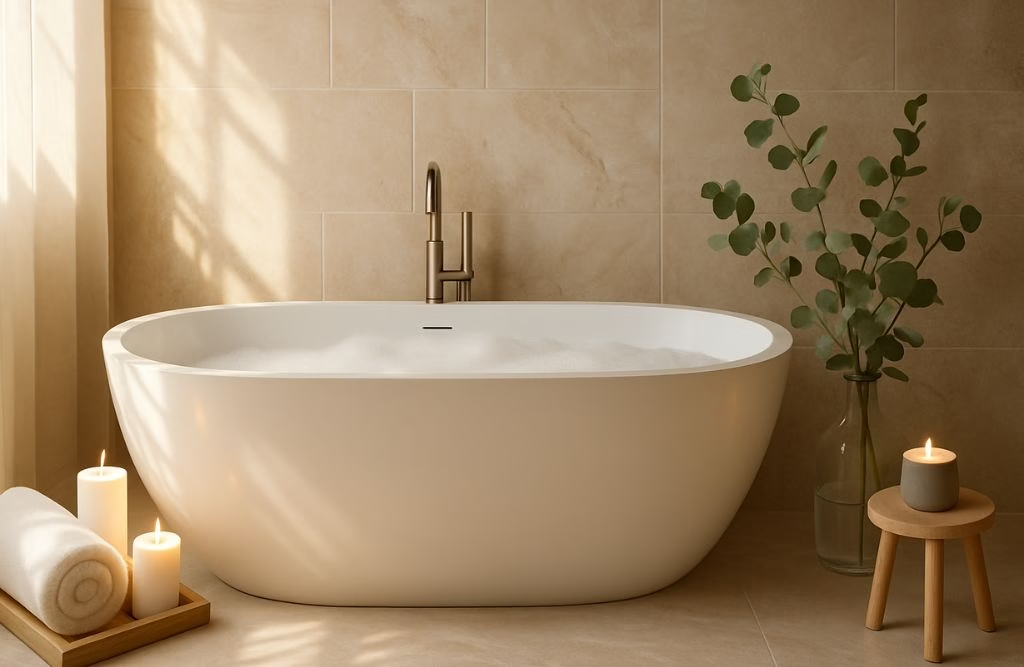Whenever a property is leased to a new tenant, or an existing tenant vacates the property, it’s essential to be sure that the unit is in good condition. An inspection will reduce your liability for damages and disputes over security deposits. A move-in and move-out checklist is key for making these inspections easy and to be sure no details are missed. Here’s what landlords need to know.
How to Use a Move-In and Move-Out Checklist
In most cases, the two lists should be one document, so the landlord and tenant can compare the condition of each item at move-out. Create one column that lists all the items up for inspection, one for the item’s condition at move-in, and another for the condition at move-out. A final column should be added to note the cost of repairing, replacing, cleaning, or otherwise reconditioning the item for the next tenant. There may be some items that the incoming tenant is fine with leaving as-is (i.e., a small spot in an inconspicuous area of the carpet), but these should be noted as such at the time of the inspection. That way, the tenant isn’t held responsible for them when vacating the unit.
What to Include on Your Checklist
The best way to create a checklist is room by room. Here is a breakdown of common items to include, but be sure to include features unique to different units in your property.
- Bedrooms. Walls, ceiling, floor, doors, windows, screens, window treatments, closet, light fixtures, outlets, switches, and light bulbs.
- Entry/Hall: Walls, ceiling, floor, doors, light fixtures, outlets, switches, closet, and stairs.
- Living Room: Walls, ceiling, floor, doors, windows, screens, window treatments, outlets, switches, light fixtures, and light bulbs.
- Kitchen: Walls, ceiling, floor, doors, windows, screens, window treatments, cabinets, drawers, sink, disposal, counters, fan, light fixtures, outlets, switches, light bulbs, refrigerator (inside, outside, lights), range (outside, burners, vent, timers, knobs, lights, racks, drip pan), dishwasher (inside, outside, controls), and plumbing fixtures.
- Bathroom: Walls, ceiling, floor, doors, tile, cabinets, drawers, sink, shelves, mirror, tub/shower, caulking, counter, fan, toilet, toilet seat, towel rack, light fixtures, light bulbs, outlets, switches, and plumbing fixtures.
- Miscellaneous: Front door, back door, locks, keys, mailbox, smoke detector, thermostat, water heater, furnace, washer, dryer, air conditioner, and fireplace.
If your rental units have additional spaces that are private to the tenant, such as a garage or yard, be sure to include a section for these areas and note items such as gates, door openers, and locks.
Avoid these Mistakes
Some landlords make the mistake of assuring tenants they will receive their full security deposit back before the move-out checklist has been completed, especially if a quick walk-through has been done. A thorough inspection is necessary to see problems that may lie below the surface. It’s also important to communicate the scheduling of inspections with tenants. Ideally, tenants should be present at both the move-in and move-out inspection to avoid disputes. To be sure you’re avoiding any common mistakes, consider using a professional property management service with experience moving tenants in and out of rental properties to protect both you and your tenants from costly disputes.










